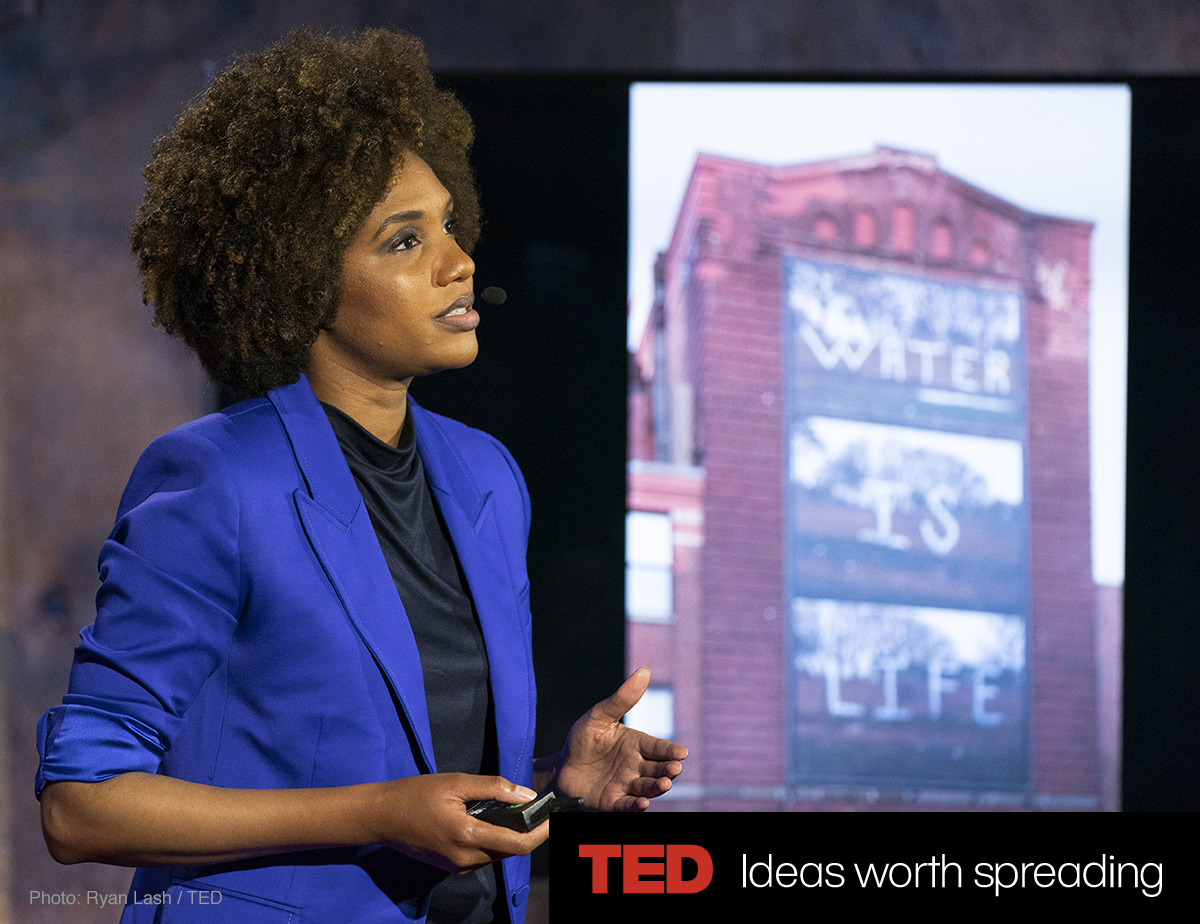MAINTENANCE WORK: Andrew Russeth considers the role of art in a pandemic
Art Forum
by Andrew Russeth

There have been harrowing interviews with doctors, sobering podcast hits by experts, and on-the-ground reporting, but when it comes to images of the coronavirus pandemic, the defining ones have been almost entirely ancillary, at least a step removed from the actual devastation. That has made it difficult to grasp its human toll. Many funerals occur without mourners, the sick deserve their privacy, and cartoon renderings of COVID-19 baffle. And so the most visible images related to the crisis have been the time-lapse videos of China speedily building hospitals, the footage of Italians singing and playing instruments on their balconies, photos of medical professionals holding signs asking people to stay home, and now Christ the Redeemer, in Rio de Janeiro, blanketed with a projection of the flags of countries dealing with the disease.
From a public health standpoint, the most effective visuals to emerge have been abstractions. It feels like weeks ago, but it was only on March 14 that the Washington Post published its digital simulations of randomly ricocheting dots, showing how different behaviors can flatten the curve of transmission to wildly different degrees. I suspect I am not the only one who saw those tiny flying circles and sharp-edged graphs and thought of, say, randomly generated compositions by François Morellet and paintings by Morris Louis or Ed Clark or Marina Adams. Works produced by aleatoric methods or just riding on a bit of luck—a pour of paint, a slip of a broom or a brush—have a newfound poignancy.
Perhaps to say so risks sounding deranged—or worse, frivolous. But I have derived some solace from thinking about art that seems to imagine—and even to anticipate—our moment. There are the deserted Parisian streets captured by Charles Marville and Eugène Atget, and the vacant subway cars and stores of Duane Michals’s series “Empty New York,” begun in 1964. (As it happens, Michals shot near the popular selfie spot in the Dumbo section of Brooklyn looking onto the Manhattan Bridge, now empty of Instagrammers.) Certain early Cindy Shermans, with their solitary protagonist moving warily through an abandoned city help, too.
Suddenly, a lot of art looks very different. The 5,525 toilet paper rolls in Martin Creed’s 2013 sculpture Work No. 1782 now have a dark piquancy, the writer Greg Allen has pointed out, while the art historian Michael Lobel, on Twitter (where only the true masochists, like myself, reside these days), has highlighted unpopulated paintings by Edward Hopper. Critic Deborah Solomon has mentioned René Magritte’s masked lovers.
But even more than any picture channeling this torturous emergency in an approximate or coincidental way, I have been shored up by revisiting works of art that feel engineered for it, that embody what and who is at risk—and maybe even show ways forward.
This art brushes aside the language of armed conflict adopted by so many politicians. “In this war, ventilators are what missiles were in World War II,” New York Governor Andrew Cuomo said the other day. That may be true, but the metaphor elides the full reality of the situation, which German Chancellor Angela Merkel incisively described in a recent speech. “Those who sit at supermarket cash registers or restock shelves are doing one of the hardest jobs there is right now,” she said. To broaden her argument: This awful catastrophe will be overcome only by repeated, prolonged efforts—feeding people, testing them, treating them, cleaning public spaces, washing hands. The heroes are in maintenance. National Guard troops scrubbed children’s blocks in a school in New Rochelle when the virus hit there. All over the country, sanitation workers are picking up garbage and recycling, and workers at public schools are serving meals for children.
[…]
And some artists, of course, have explicitly foregrounded such maintenance and care, like Theaster Gates with his efforts to restore buildings in Chicago and run them as cultural centers, or LaToya Ruby Frazier and her project of meeting with and photographing groups of activists, unions, and families—people living and working together, getting through the day.
To put it bluntly, while contemporary art has enjoyed the myth of radical individuality (development, in Ukeles’s parlance), artists—and the art community—are actually pretty good at setting up systems to keep things going. At the risk of sounding like a self-help guru, when we view art from that vantage point, it makes me believe that we’re ready for this. There will be fundraisers, support networks, and relief measures we have never seen before. Now is a time for Maintenance Art.
Courtesy of: Art Forum

